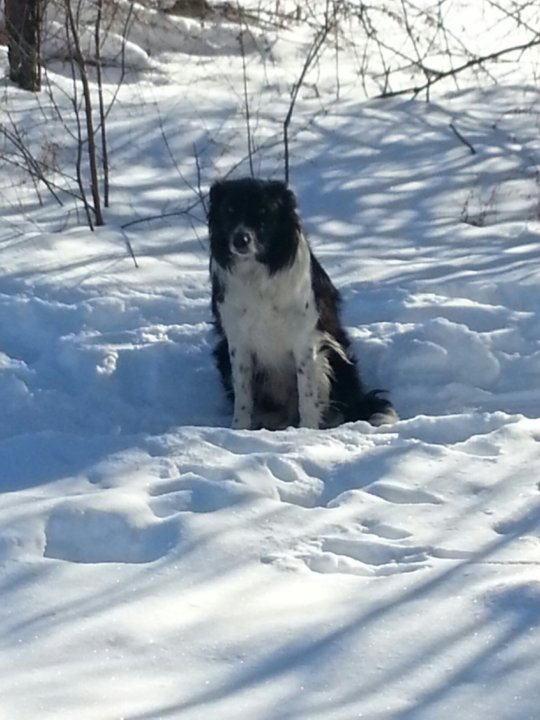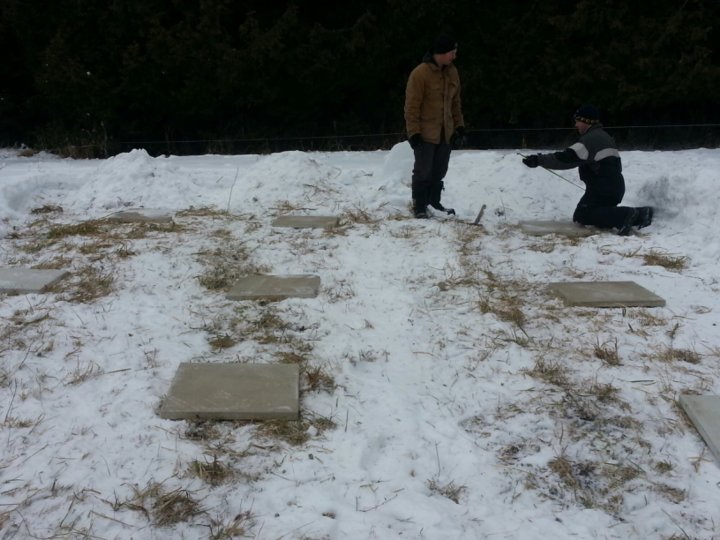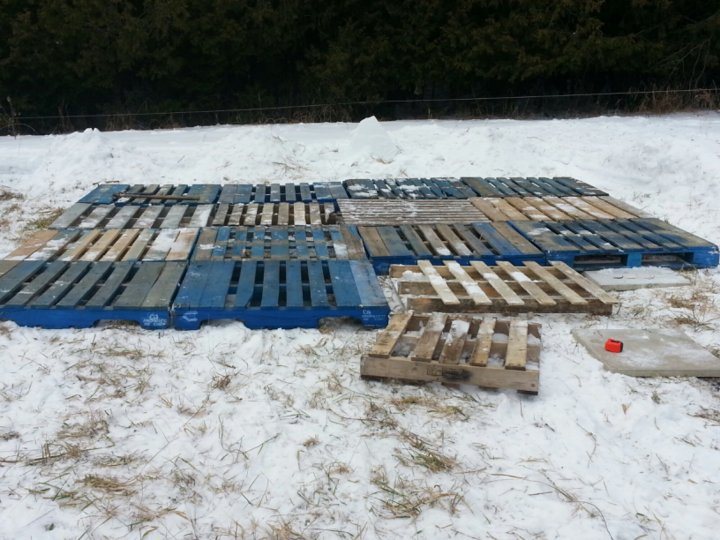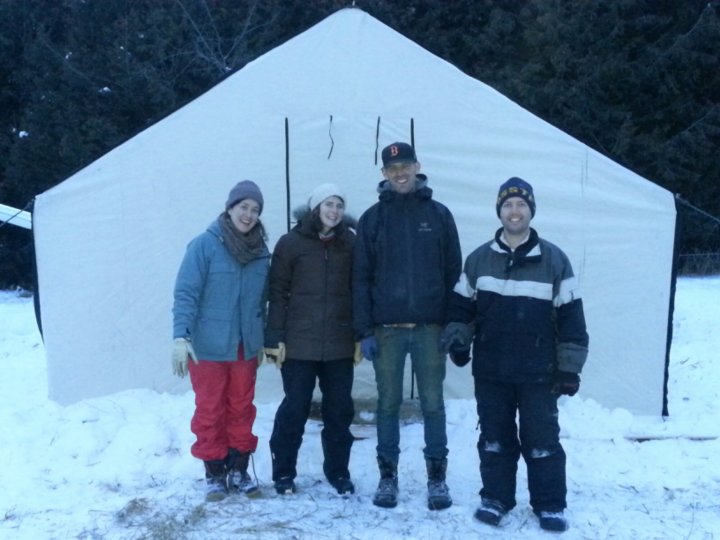This weekend has been absolutely crazy. I’ve barely been able to process it myself, let alone put it into a form which would make sense here. Still, I managed to take some shots of the tent building process that happened on Saturday. It was incredible. This post is dedicated to Adar, Caitlin, Tim, Mike, Dave, Sylvia and my parents, who made this build happen. THANK YOU SO MUCH!! I will post more about the build soon… but school starts tomorrow and I’ve been going non-stop since Thursday.
Shadow is the Russet House Farm Dog. In the summer, he herds cattle. In the winter time, mostly cats.
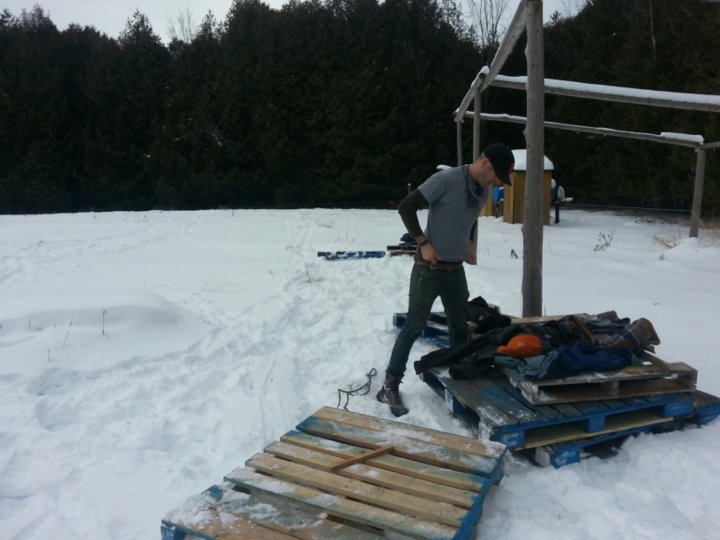
We carried a load of pallets down a one kilometre laneway that was completely covered in snow. It was absolutely ridiculous. The fact that I had got quality help is evident from the fact that there wasn’t an open rebellion against me. There should have been. It was bad.
This picture also shows a bit of the site before any work was done.
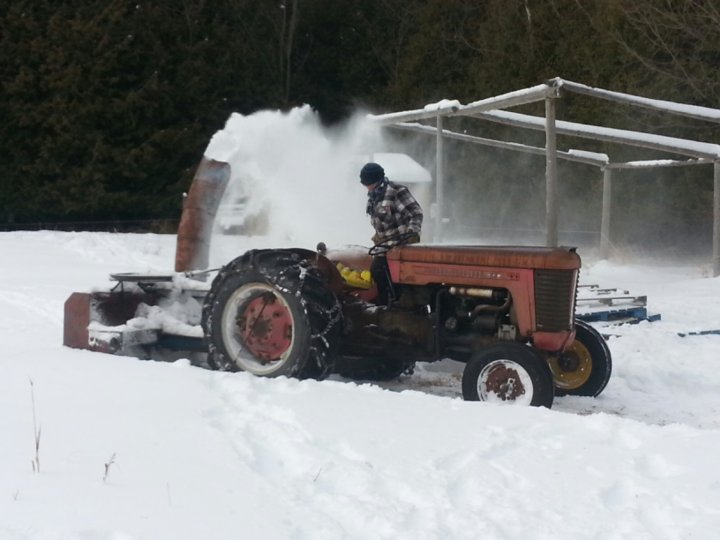
After we all had miniature heart attacks from carrying the first load, Sylvia and her 65 Massey Ferguson came to the rescue. She cleared not just the laneway, but also the very site where we were going to build, saving us about a week’s worth of manual labour.
Without this tractor and snowblower, there is no way we could have completed the build.
We drove the rest of the supplies down with my dad’s truck once the laneway was cleared.
Mike and Tim are laying out the patio stones which were meant to act as support stones in the four corners of the tent. Mike (a landscaper and contractor) and Tim (a high school tech teacher and contractor) felt the stones would work better to balance out the floor. I was easily persuaded to listen to them.
This is a good shot of the beginning of the pallet sub-floor.
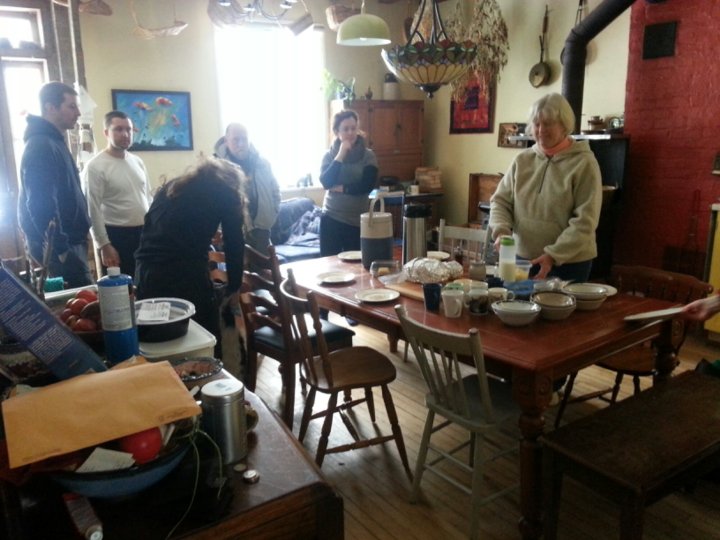
This picture is in the kitchen of Sylvia and Brian’s house. My parents showed up with chili my mom had made up the night before. We very much needed this lunch.
My mom rocks.
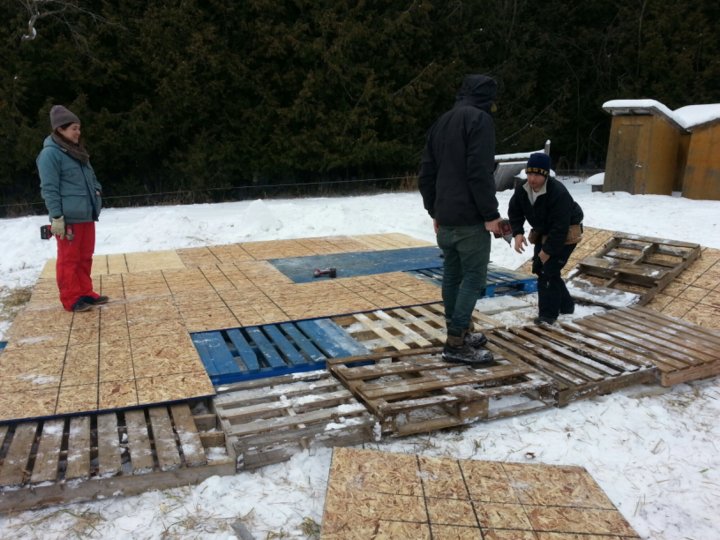
Caitlin, Dave and Tim screwing in the plywood. Technically it isn’t plywood. I say plywood because it’s easier to say than OSB panels. OSB is cheaper and, for my purposes, pretty functionally equivalent.
Notice the one blue board. Dave named him Harvey.
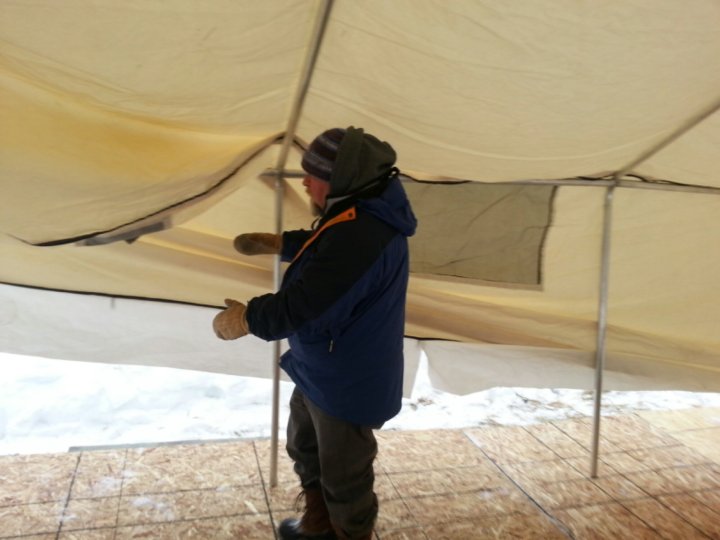
My dad helping to pull the tent down over the frame. In this shot, he’s inside the tent.
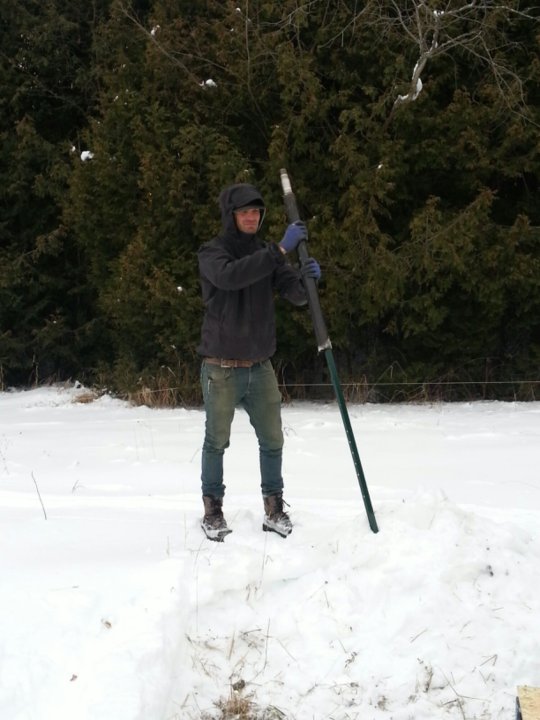
Dave hammering in a t-stake that we’ll later tie the tent to in order to prevent it from blowing away. Despite the frozen ground, the fence post driver which he’s using (basically a big, heavy, metal tube) made really quick work of it.
Caitlin, Adar, Dave and Tim, happy that the job is finished before the sun goes down.

